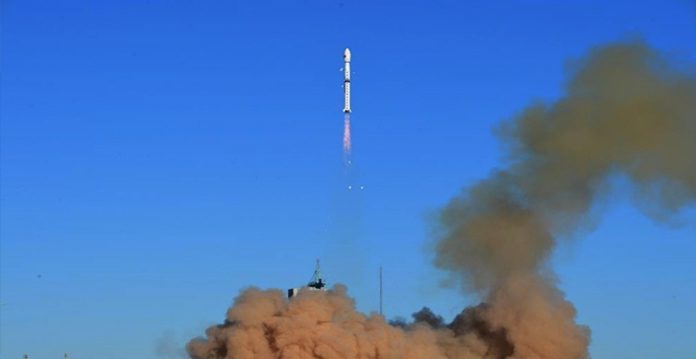China on Monday launched a new meteorological satellite. It is equipped with 11 remote sensing payloads into the planned orbit.
New Meteorological Satellite Has a Lifespan of Eight Years
The satellite which is named as Fengyun-3E (FY-3E) was launched by a Long March-4C rocket at 7:28am. It was launched from the Jiuquan Satellite Launch Center, the China National Space Administration reported.
The satellite FY-3E is the 377th flight mission of the Long March rocket series and the world’s first meteorological satellite in civil service. It is designed for a lifespan of eight years and will obtain the atmospheric temperature, humidity and other meteorological parameters for numerical prediction.
ALSO READ: India reorients around 50K troops at border with China
This would further improve China’s weather forecast capacity. Along with monitoring global snow and ice coverage, natural disasters, sea surface temperature and ecology to respond to climate change.
In addition, the satellite will monitor solar and space environments and their effects, and ionospheric data to meet the needs of space weather forecasts and supporting services.
The Shanghai Academy of Spaceflight Technology developed the satellite and rocket. It operates under the China Aerospace Science and Technology Corporation.
Satellite Will Switch Places Throughout The Day
Wang Ya’nan, space analyst and the Chief Editor of Beijing-based Aerospace Knowledge magazine spoke to the media after the launch. He said that the satellite will cover the same place every morning and then move to the other side of the earth by the evening. It will ensure that the most critical moments at dawn and dusk can be recorded. This would provide better and more accurate data for both China and the world.
ALSO READ: China’s Guangdong reports new local Covid case
He added that China’s previous launches are generally around 10 am and 2pm with a six hours assimilation window. And this is not enough to cover the entire observation period. However, the launch of Fengyun-3E will make up for the insufficiency of observation orbits and fill the gap in weather data.


